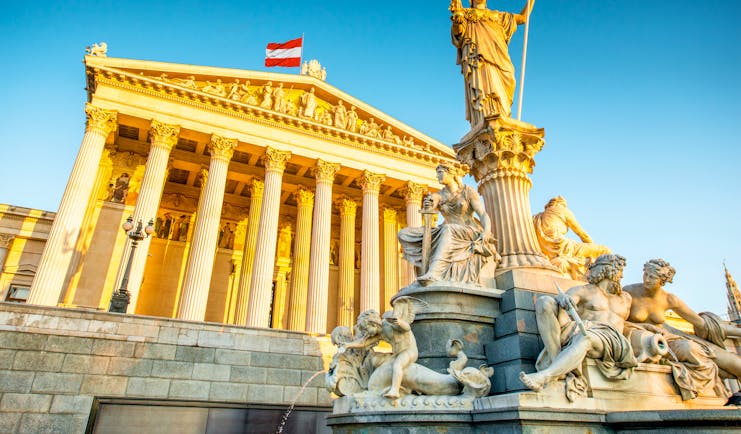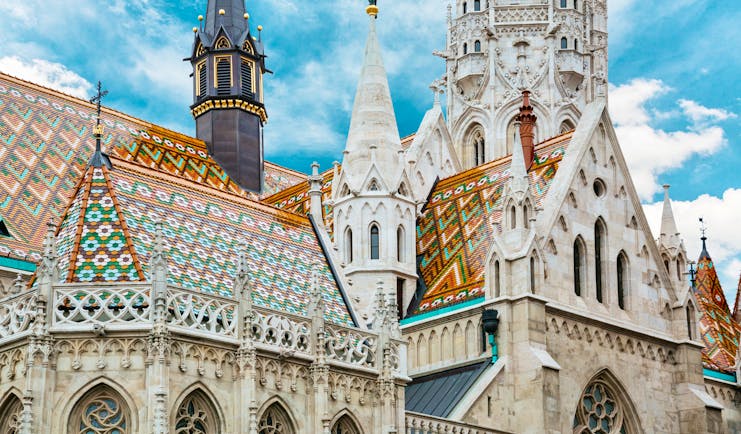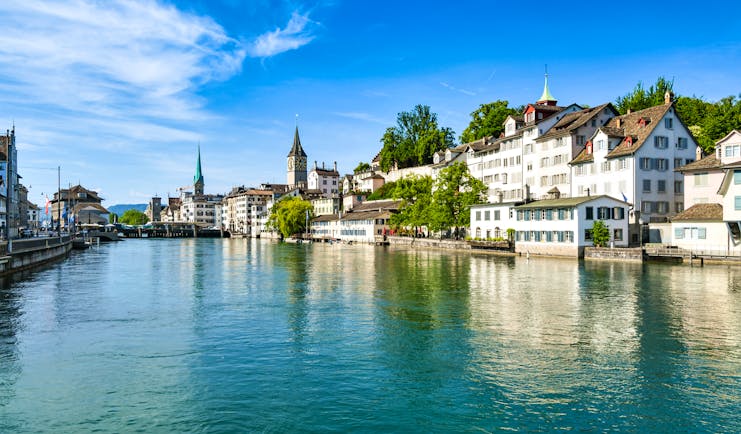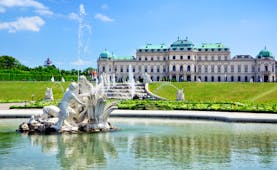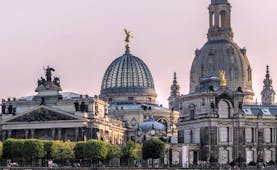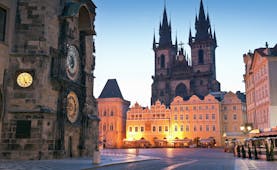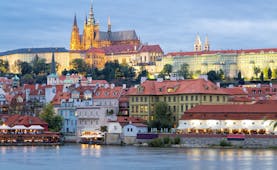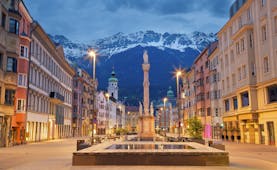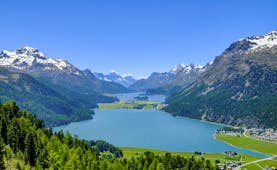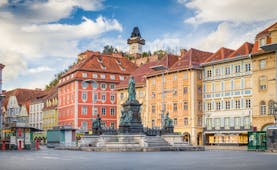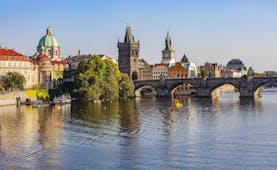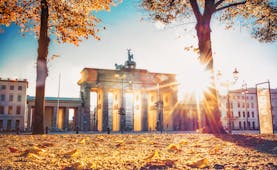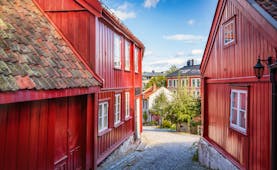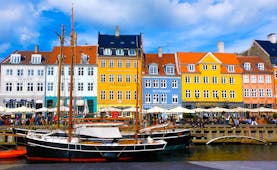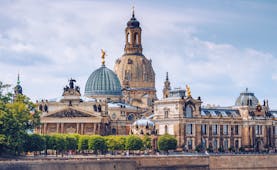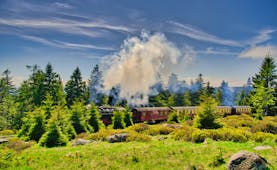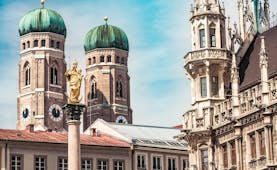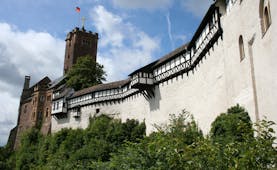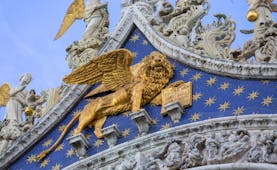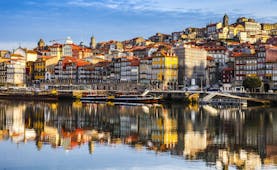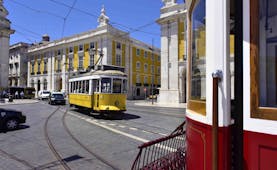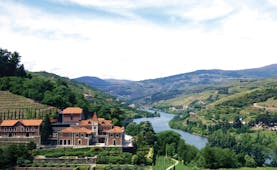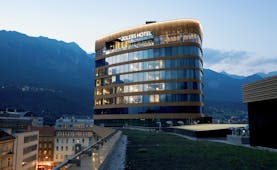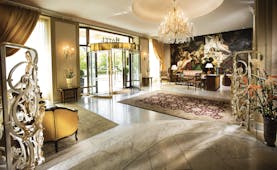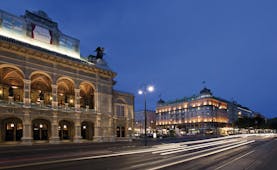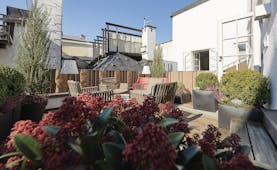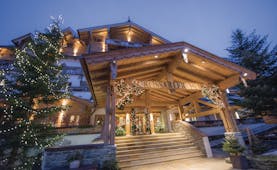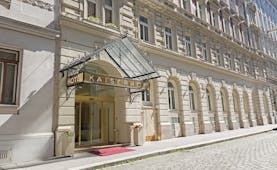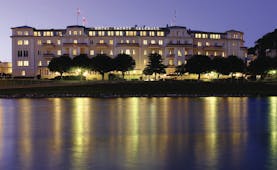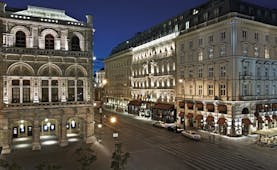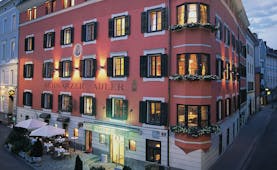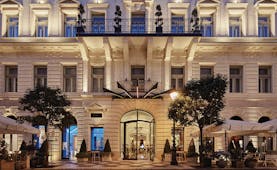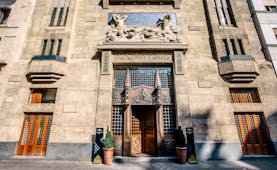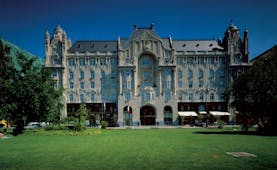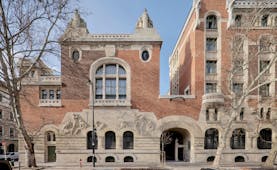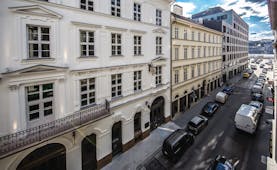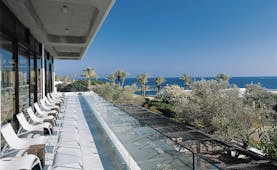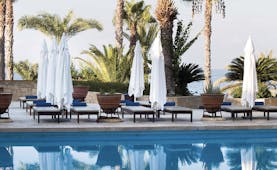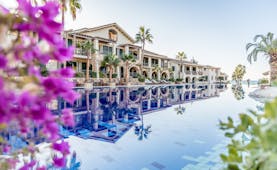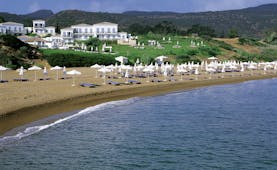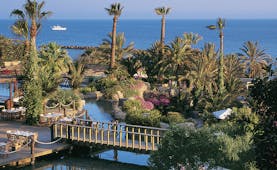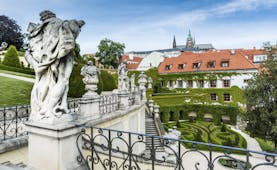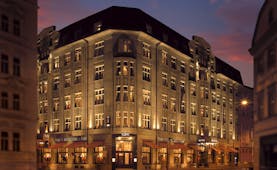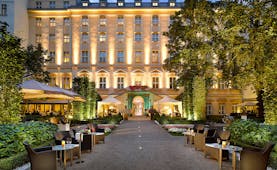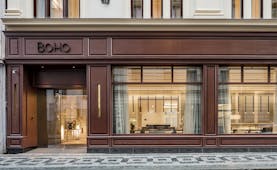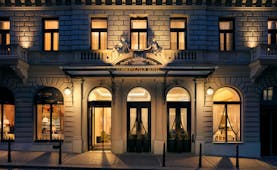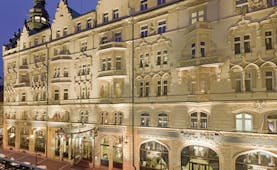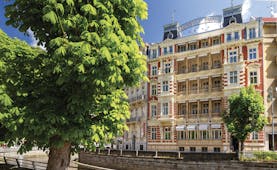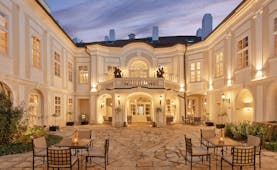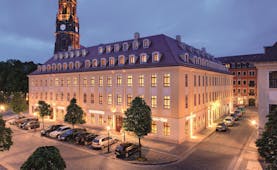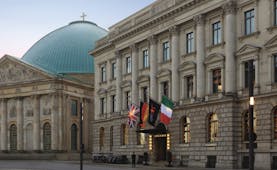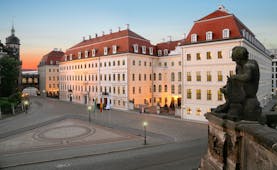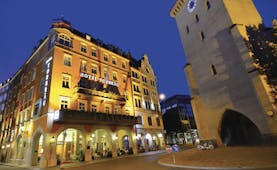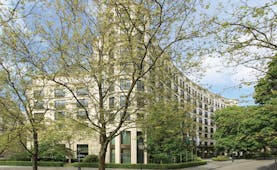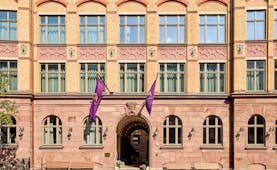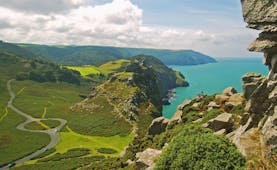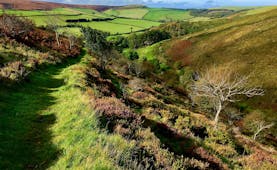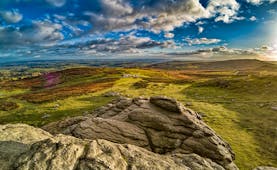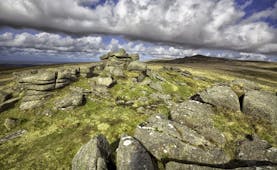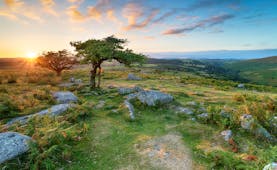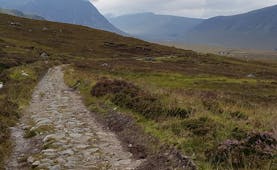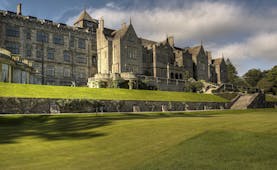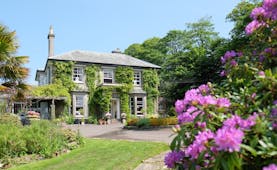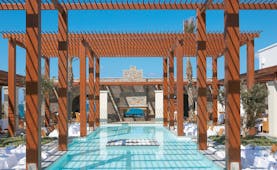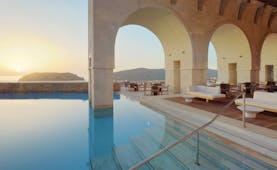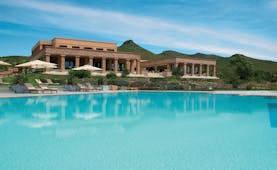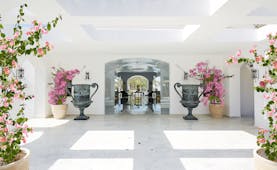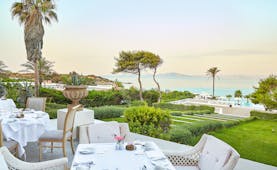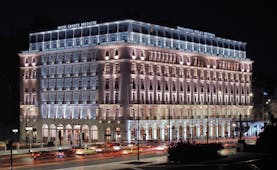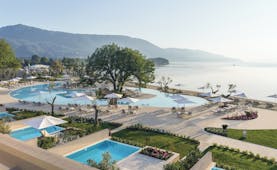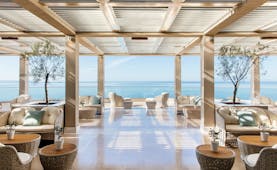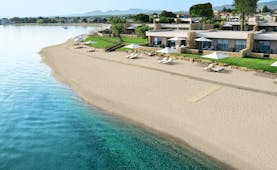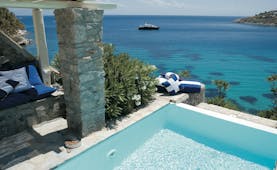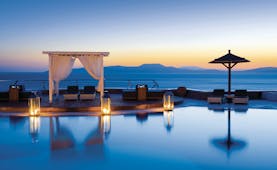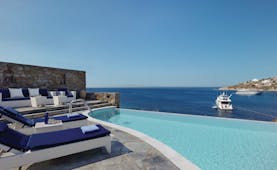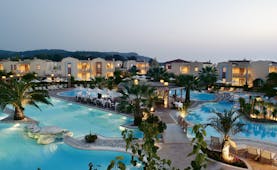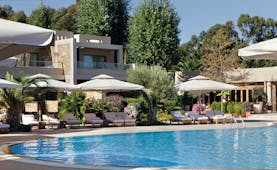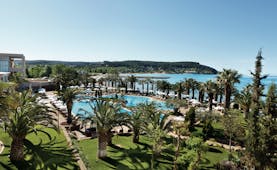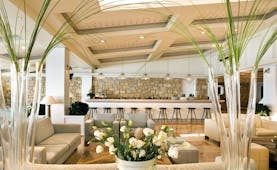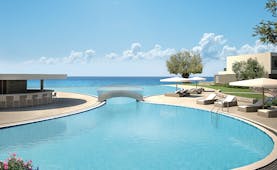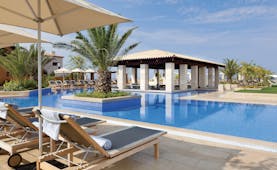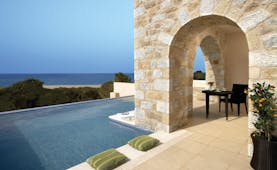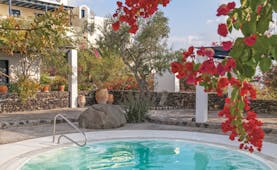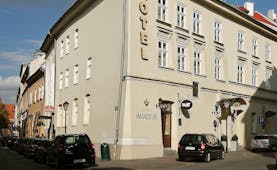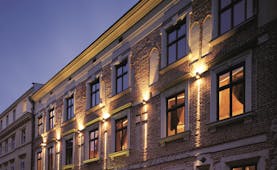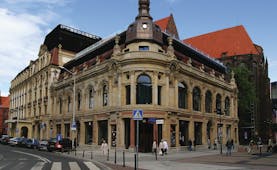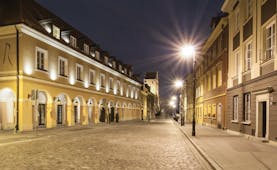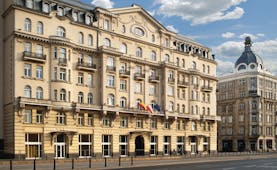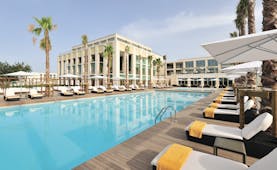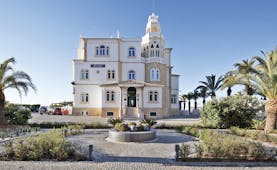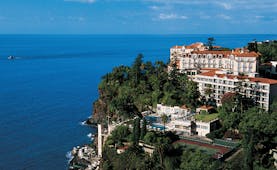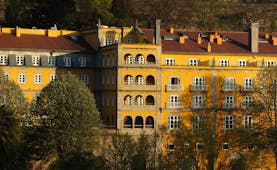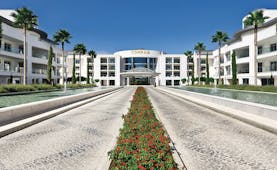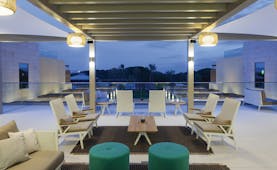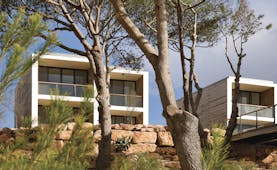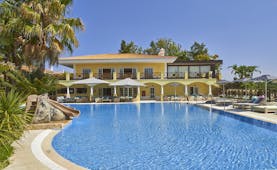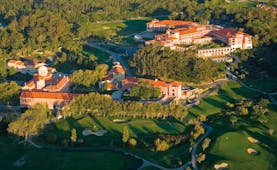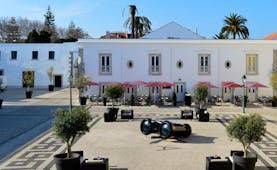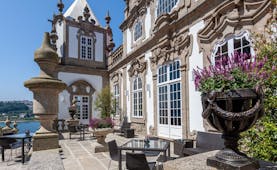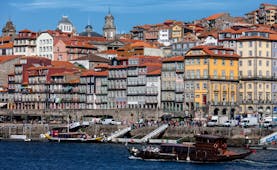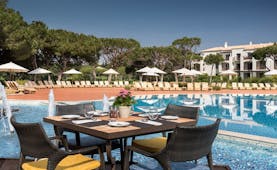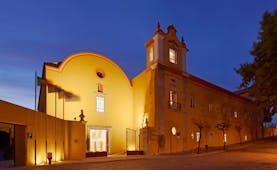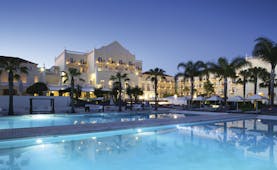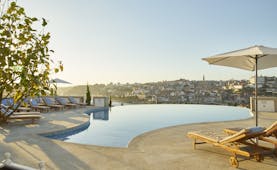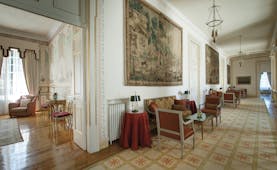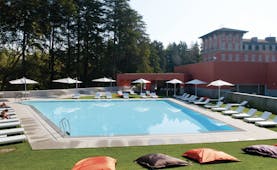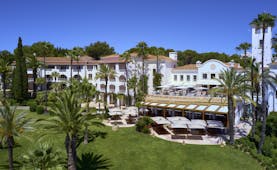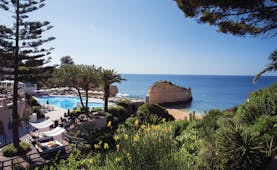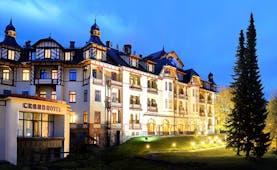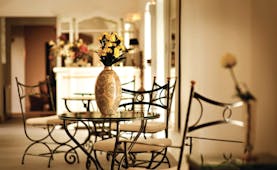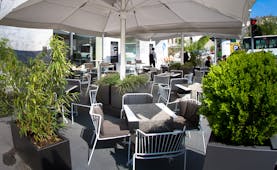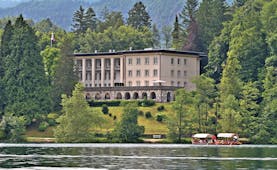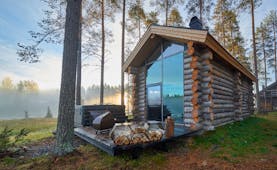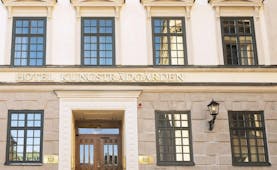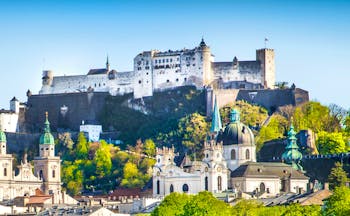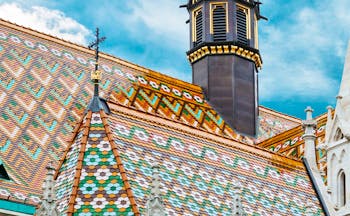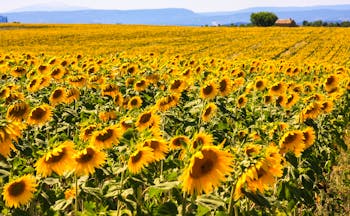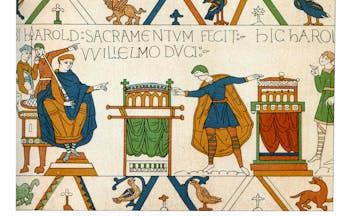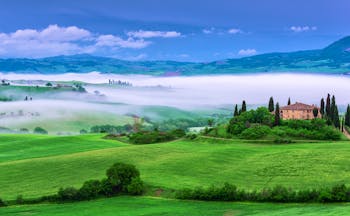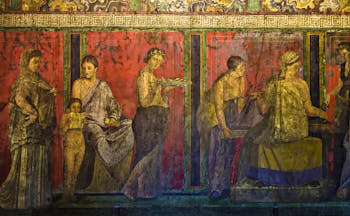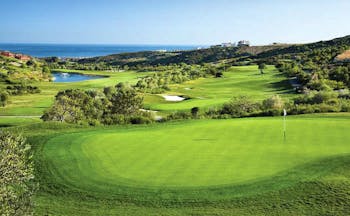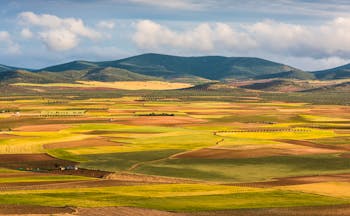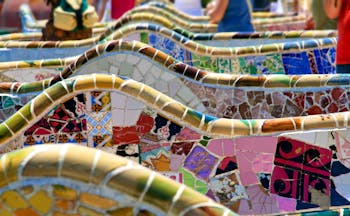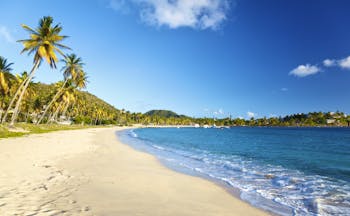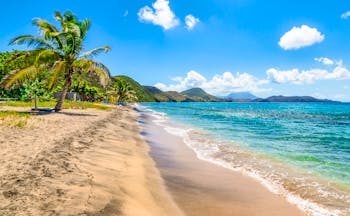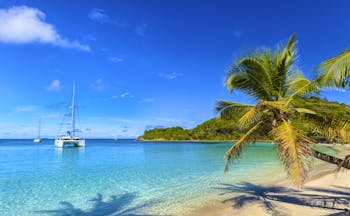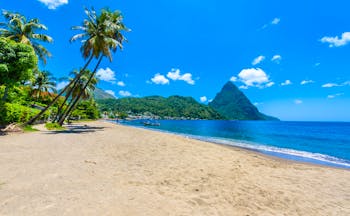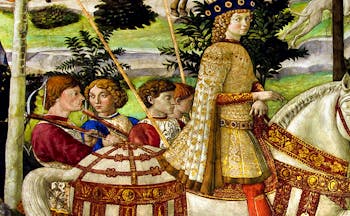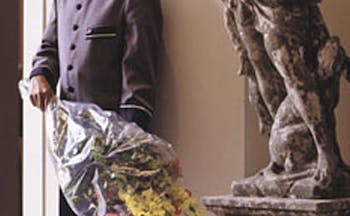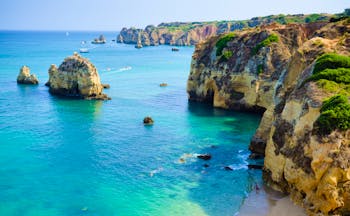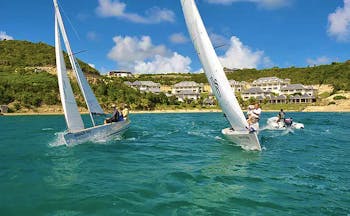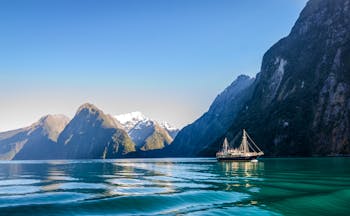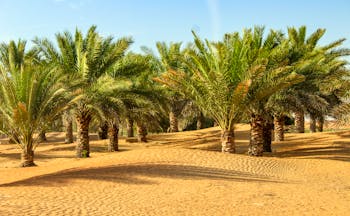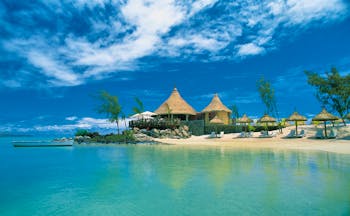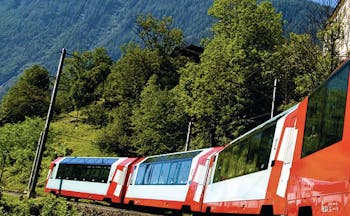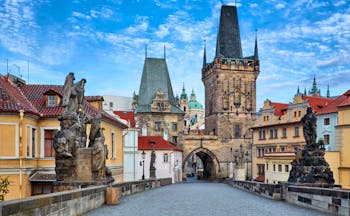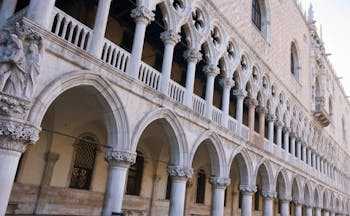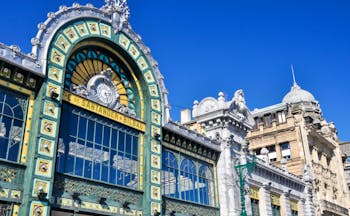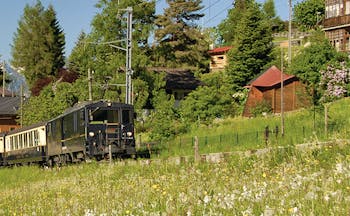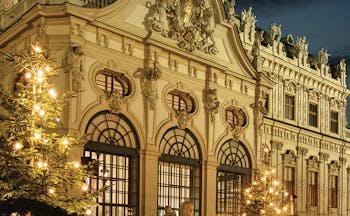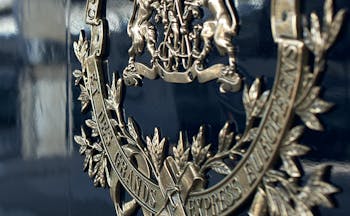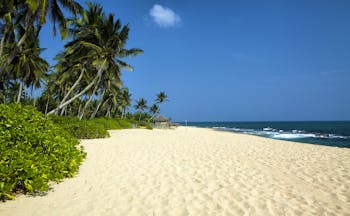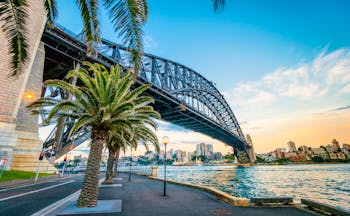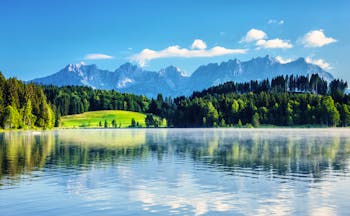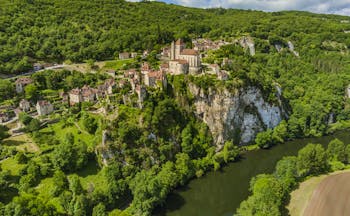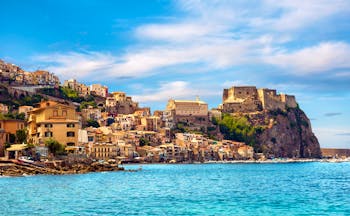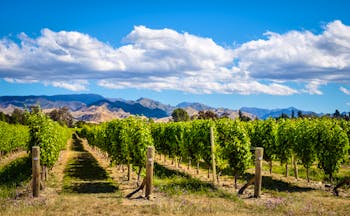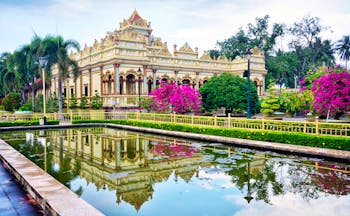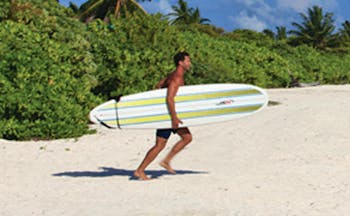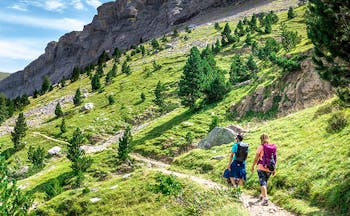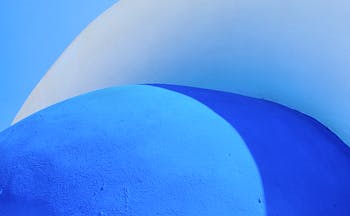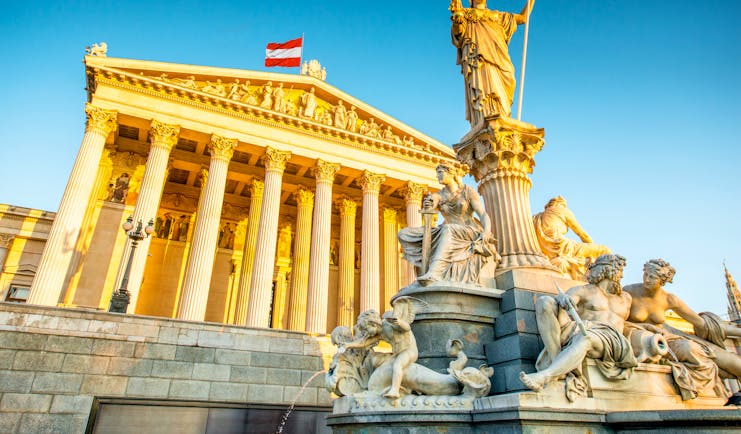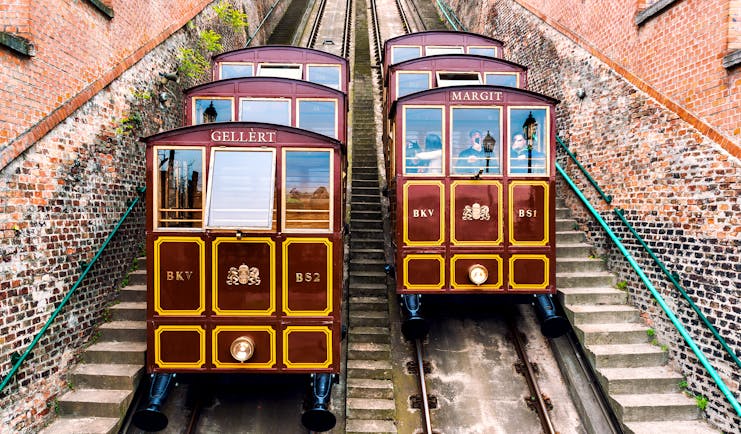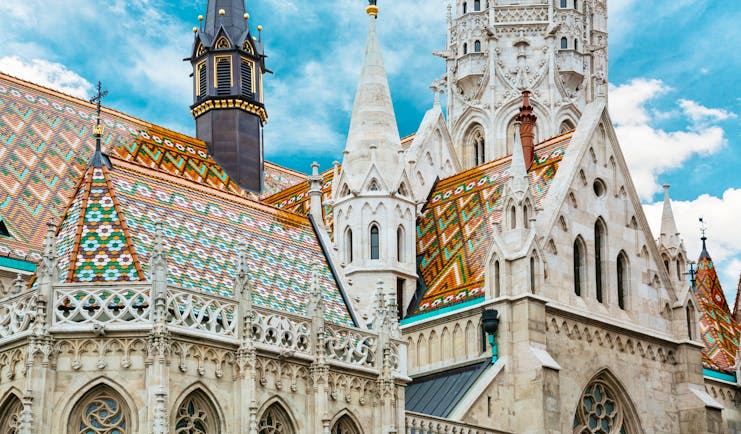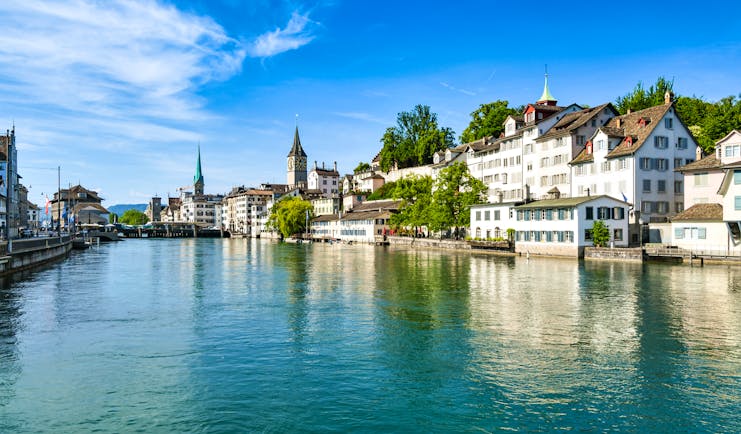Luxury rail holiday to Vienna and Budapest travelling all the way by train and returning by sleeper train via Cologne
Rail is a great way to reach and travel between the Austrian and Hungarian cities of Vienna and Budapest. In our suggested itinerary you spend three nights in each city, allowing you plenty of time to explore and absorb the culture. In this rail holiday you travel first to Paris where you change trains, before continuing to Zurich where you spend a night (or longer if you wish). The next day you travel all day by train from Zurich to Vienna along a scenic route that includes the Arlberg Pass. You spend three nights in Vienna. Vienna, on the banks of the River Danube and at the heart of central European history since the Roman times. Vienna never fails to impress and satisfy the visitor eager for historical and cultural references. ‘Dream and reality’ still resonate and your days in Vienna can be filled with a mixture of galleries, museums, opera, concerts or eating and drinking in a ‘Heuriger’ in the Vienna Woods. The history of Vienna can be witnessed in the Roman Museum, the Neidhart frescoes dating from the 1400s, the mediaeval Basiliskenhaus, the Imperial Palace and the numerous Jugendstil buildings, and of course in the City of Vienna museum. From Vienna, you travel eastwards tracking the course of the River Danube to the city of Budapest, where you also spend three nights. Budapest is a fascinating mixture of two settlements: Buda and Pest, dissected by the Danube. On the hill in Buda, there is the 13th Century Matthias Church and the neo-Gothic and neo-Romanesque Fishermen’s Bastion. Linking Buda to Pest is the magnificent Chain Bridge built in the mid-19th Century. Pest is a city of wide boulevards, parks and gardens, neo-Gothic buildings such as the Parliament containing the Hungarian Crown Jewels, and the two-mile-long Andrassy út, lined with important buildings including the State Opera House and the Museum of Fine Arts. Budapest is also home to the largest medicinal baths in Europe. Following your stay in Budapest you return to Vienna for the overnight sleeper train to Cologne. You continue by day-time train to Brussels and on by Eurostar to London.
Highlights
Zurich • Arlberg Pass • Innsbruck • Salzburg • Vienna • Budapest • Cologne
Day by day
Begin your holiday by travelling to Zurich by rail. Catch the Eurostar mid-morning to Paris. After changing stations in Paris, catch a direct train from Paris to Zurich arriving in the evening. Stay in Zurich for one night.
The journey from Zurich to Vienna is on the Austrian Railways fast and efficient Railjet service. Generally, it leaves at 12.40 and arrives in Vienna at 20.30. On board there is a substantial menu, offering anything from drinks and snacks, to sandwiches and hot dishes, sweet and savoury. Food is served at your seat and can be ordered from the staff who pass through the carriages on a regular basis. The dining service stays open all the way to Vienna. The scenery is a delight from beginning to end. First the train hugs the southern shore of Lake Zurich, and its bathing places and little harbours with the Gold Coast gleaming on the other side of the lake. Then comes the Walensee with its turquoise waters and deep cliffs dropping into the lake. The landscape opens up as you approach the eastern edge of Switzerland, where Liechtenstein perches and the borders of Austria and Switzerland meet south of Lake Constance. The high mountains, the roof of Europe, loom in the distance. You sense them more than you see them. Suddenly with Feldkirch you are in Austria and after Bludenz the train climbs up along the Arlberg. As the cars disappear into the road tunnel below, the train continues to climb, ducking in and out of tunnels for the last part of the climb, until you emerge at St Anton. After the descent into the Inn valley, it is definitely the Austrian Tirol: traditional haystacks, onion-domed churches, wayside chapels From the Oetztal station, you know the road heads south to Obergurgl and the Timmelsjoch high Alpine road into Italy. The train continues along the Inn valley, passing lush pastureland and Tirolean villages, including that of Stams, famous for its monastery. The Olympic ski jump at Igls to the right of the train indicates the imminent arrival in Innsbruck. At each stop, there is no unnecessary waiting and the train continues promptly. Ski slopes are visible in the distance, and you know that Kitzbuehel is off to the south-east but at Kufstein the train crosses into Germany and the landscape flattens slightly with fields and forests yet the Chiemgau Alps are in the near distance. The train travels to the south of the Chiemsee and then Austria approaches once more. There is a spectacular although fleeing moment as the train crosses the river Salzach and on the right you are dazzled by the spires and turrets of the old city of Salzburg and Festung Salzburg on the hill-top on the horizon. The countryside becomes a patchwork of arable fields and large farmhouses before the more built-up stretch between Wels and Linz. It is at Linz you meet the Danube and then you cross from Upper Austria into Lower Austria, leaving the trail of the Danube to meander further north, cutting its own gorge above the Wienerwald before it reaches Vienna. You may not see it at all during your stay in Vienna. After St Poelten you are just under 30 minutes’ away. The time has flown. Vienna Hauptbahnhof is there. It is likely to be 20.30 on the dot.
You have two full days to explore Vienna at leisure. Vienna, on the banks of the River Danube, has been at the heart of central European history since the Roman times. Vienna never fails to impress and satisfy the visitor eager for historical and cultural references. ‘Dream and reality’ still resonate and your days in Vienna can be filled with a mixture of galleries, museums, opera, concerts or eating and drinking in a ‘Heuriger’ in the Vienna Woods. The history of Vienna can be witnessed in the Roman Museum, the Neidhart frescoes dating from the 1400s, the mediaeval Basiliskenhaus, the Imperial Palace and the numerous Jugendstil buildings, and of course in the City of Vienna museum. The Hofburg contains numerous national collections from the Crown Jewels to the Imperial armoury. Your second day in Vienna may be the best opportunity to explore the city’s inextricaple relationship with music. Take time to listen to the Mozart Orchestra playing in the Musikverein, and to enjoy coffee and cake at Demel’s. A fun way to see the sights of the city is to take a tram around the Ringstrasse, hopping off and on as you want.
Leave Vienna mid-morning to continue your rail holiday to Budapest. The journey takes under 3 hours, following the course of the River Danube. You arrive in the afternoon and check into your hotel for three nights.
Enjoy two full days in Budapest exploring the tree-lined boulevards of Pest and the cobbled hilly streets of Buda. The city straddles a curve in the River Danube and is packed with interesting sights to visit on foot but also easily reached by underground. Visit the Castle District in Buda where you can find mediaeval buildings such as the Royal Palace which has been rebuilt several times over the past seven centuries and houses the National Gallery, Budapest Historical Museum and the Museum of Contemporary Art. You can also visit the 13th Century St Matthias Church and the neo-Gothic Fishermen’s Bastion nearby. The world-famous Gellért Thermal Baths are highly favoured by locals and tourists alike. Margaret Island is a pretty park situated in the middle of the Danube reachable by tram or bus. It boasts more than 10,000 trees, beautiful gardens and a swimming pool. Linking Buda to Pest is the magnificent Chain Bridge built in the mid-19th Century. On your second day in Budapest you may wish to explore the area 0east of the river, where you will find Pest. This district is home to historical buildings such as the neo-Gothic, vast, Parliament which houses the Hungarian crown jewels. Another building not to miss is the Hungarian State Opera House where you can experience a guided tour or an opera performance. On two-mile long, tree-lined Andrassy út you will find elegant shops and houses, Heroes Square and the Museum of Fine Arts. The thermal springs of Budapest have been enjoyed since Roman times and baths are to be found in both Buda and in Pest, where the Szechenyi Baths are one of the largest bathing complexes in Europe, with outdoor and indoor pools, built in modern Renaissance style.
You return by train today to Vienna to take the evening sleeper service from Vienna to Cologne. A deluxe double sleeper cabin is included.
You arrive in Cologne about 09.00 hrs and transfer to a day-time train to Brussels, where you change to the Eurostar service back to London, arriving in the afternoon.
My daughter and I had a fabulous time on our holiday. The hotels were all spectacular in their different ways, the train journeys were exciting and gorgeous scenery and the organisation from the various rail networks was spot on.Mrs B, June 2022
Holiday price guide From about £2,520 per person based on two people sharing a double room and including for second class rail travel. First class and standard premier on Eurostar supplement about £500 per person.
Holiday Code EEBR01
Call us on 01392 441245
Luxury rail holiday to Vienna and Budapest travelling all the way by train and returning by sleeper train via Cologne
Begin your holiday by travelling to Zurich by rail. Catch the Eurostar mid-morning to Paris. After changing stations in Paris, catch a direct train from Paris to Zurich arriving in the evening. Stay in Zurich for one night.
The journey from Zurich to Vienna is on the Austrian Railways fast and efficient Railjet service. Generally, it leaves at 12.40 and arrives in Vienna at 20.30. On board there is a substantial menu, offering anything from drinks and snacks, to sandwiches and hot dishes, sweet and savoury. Food is served at your seat and can be ordered from the staff who pass through the carriages on a regular basis. The dining service stays open all the way to Vienna. The scenery is a delight from beginning to end. First the train hugs the southern shore of Lake Zurich, and its bathing places and little harbours with the Gold Coast gleaming on the other side of the lake. Then comes the Walensee with its turquoise waters and deep cliffs dropping into the lake. The landscape opens up as you approach the eastern edge of Switzerland, where Liechtenstein perches and the borders of Austria and Switzerland meet south of Lake Constance. The high mountains, the roof of Europe, loom in the distance. You sense them more than you see them. Suddenly with Feldkirch you are in Austria and after Bludenz the train climbs up along the Arlberg. As the cars disappear into the road tunnel below, the train continues to climb, ducking in and out of tunnels for the last part of the climb, until you emerge at St Anton. After the descent into the Inn valley, it is definitely the Austrian Tirol: traditional haystacks, onion-domed churches, wayside chapels From the Oetztal station, you know the road heads south to Obergurgl and the Timmelsjoch high Alpine road into Italy. The train continues along the Inn valley, passing lush pastureland and Tirolean villages, including that of Stams, famous for its monastery. The Olympic ski jump at Igls to the right of the train indicates the imminent arrival in Innsbruck. At each stop, there is no unnecessary waiting and the train continues promptly. Ski slopes are visible in the distance, and you know that Kitzbuehel is off to the south-east but at Kufstein the train crosses into Germany and the landscape flattens slightly with fields and forests yet the Chiemgau Alps are in the near distance. The train travels to the south of the Chiemsee and then Austria approaches once more. There is a spectacular although fleeing moment as the train crosses the river Salzach and on the right you are dazzled by the spires and turrets of the old city of Salzburg and Festung Salzburg on the hill-top on the horizon. The countryside becomes a patchwork of arable fields and large farmhouses before the more built-up stretch between Wels and Linz. It is at Linz you meet the Danube and then you cross from Upper Austria into Lower Austria, leaving the trail of the Danube to meander further north, cutting its own gorge above the Wienerwald before it reaches Vienna. You may not see it at all during your stay in Vienna. After St Poelten you are just under 30 minutes’ away. The time has flown. Vienna Hauptbahnhof is there. It is likely to be 20.30 on the dot.
You have two full days to explore Vienna at leisure. Vienna, on the banks of the River Danube, has been at the heart of central European history since the Roman times. Vienna never fails to impress and satisfy the visitor eager for historical and cultural references. ‘Dream and reality’ still resonate and your days in Vienna can be filled with a mixture of galleries, museums, opera, concerts or eating and drinking in a ‘Heuriger’ in the Vienna Woods. The history of Vienna can be witnessed in the Roman Museum, the Neidhart frescoes dating from the 1400s, the mediaeval Basiliskenhaus, the Imperial Palace and the numerous Jugendstil buildings, and of course in the City of Vienna museum. The Hofburg contains numerous national collections from the Crown Jewels to the Imperial armoury. Your second day in Vienna may be the best opportunity to explore the city’s inextricaple relationship with music. Take time to listen to the Mozart Orchestra playing in the Musikverein, and to enjoy coffee and cake at Demel’s. A fun way to see the sights of the city is to take a tram around the Ringstrasse, hopping off and on as you want.
Leave Vienna mid-morning to continue your rail holiday to Budapest. The journey takes under 3 hours, following the course of the River Danube. You arrive in the afternoon and check into your hotel for three nights.
Enjoy two full days in Budapest exploring the tree-lined boulevards of Pest and the cobbled hilly streets of Buda. The city straddles a curve in the River Danube and is packed with interesting sights to visit on foot but also easily reached by underground. Visit the Castle District in Buda where you can find mediaeval buildings such as the Royal Palace which has been rebuilt several times over the past seven centuries and houses the National Gallery, Budapest Historical Museum and the Museum of Contemporary Art. You can also visit the 13th Century St Matthias Church and the neo-Gothic Fishermen’s Bastion nearby. The world-famous Gellért Thermal Baths are highly favoured by locals and tourists alike. Margaret Island is a pretty park situated in the middle of the Danube reachable by tram or bus. It boasts more than 10,000 trees, beautiful gardens and a swimming pool. Linking Buda to Pest is the magnificent Chain Bridge built in the mid-19th Century. On your second day in Budapest you may wish to explore the area 0east of the river, where you will find Pest. This district is home to historical buildings such as the neo-Gothic, vast, Parliament which houses the Hungarian crown jewels. Another building not to miss is the Hungarian State Opera House where you can experience a guided tour or an opera performance. On two-mile long, tree-lined Andrassy út you will find elegant shops and houses, Heroes Square and the Museum of Fine Arts. The thermal springs of Budapest have been enjoyed since Roman times and baths are to be found in both Buda and in Pest, where the Szechenyi Baths are one of the largest bathing complexes in Europe, with outdoor and indoor pools, built in modern Renaissance style.
You return by train today to Vienna to take the evening sleeper service from Vienna to Cologne. A deluxe double sleeper cabin is included.
You arrive in Cologne about 09.00 hrs and transfer to a day-time train to Brussels, where you change to the Eurostar service back to London, arriving in the afternoon.
My daughter and I had a fabulous time on our holiday. The hotels were all spectacular in their different ways, the train journeys were exciting and gorgeous scenery and the organisation from the various rail networks was spot on.Mrs B, June 2022
Holiday price guide From about £2,520 per person based on two people sharing a double room and including for second class rail travel. First class and standard premier on Eurostar supplement about £500 per person.
Holiday Code EEBR01
Our prices include
● Day-time rail travel from London to Zurich and throughout the tour, returning by train from Cologne to London, second class and standard class on Eurostar (first class and standard premier on Eurostar can be booked at a supplement)
● Deluxe double sleeper from Vienna to Cologne overnight train
● 1 night’s bed and breakfast in a Classic double room at the Hotel St Gotthard, Zurich
● 3 nights’ bed and breakfast in a Classic double room at the Hotel Kaiserhof, Vienna
● 3 nights’ bed and breakfast in a Deluxe double room at the Prestige Hotel, Budapest
● Concierge service and Expressions Holidays regional helpful hints
Our prices do not include
● Early check-in or late check-out at any hotels (although we can arrange this on request at additional cost)
● Any other services not mentioned above, such as transfers and meals except breakfast at hotels
● Personal holiday insurance. This is essential and cover should be in place from when you book the holiday.
● Local tourist tax, usually between Euros/Swiss Francs/Hungarian forints 1 and 3 per person per night, and payable locally to the hotel
● Transfers
Call us on 01392 441245
Luxury rail holiday to Vienna and Budapest travelling all the way by train and returning by sleeper train via Cologne
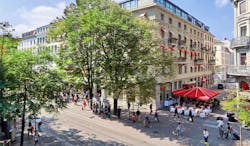
Hotel St Gotthard is a sophisticated 4-star hotel in an excellent central location. Haute cuisine and stylish, comfortable accommodation make this an excellent spot to recuperate after enjoying the cultural delights of Zurich.
Classic double room
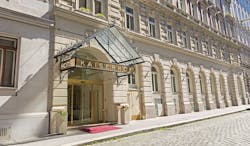
Hotel Kaiserhof Vienna is a four-star hotel in an excellent central location not far from the Karlsplatz. The atmosphere is charming and welcoming, and it is furnished in a traditional way in keeping with the historic building of the hotel.
Classic double room

Prestige Hotel Budapest is a 4-star deluxe hotel which blends timeless elegance and contemporary touches in a central location. Michelin-star dining and supremely comfortable, opulent accommodation make it an excellent retreat from the bustle of Budapest.
Deluxe double room
My daughter and I had a fabulous time on our holiday. The hotels were all spectacular in their different ways, the train journeys were exciting and gorgeous scenery and the organisation from the various rail networks was spot on.Mrs B, June 2022
Holiday price guide From about £2,520 per person based on two people sharing a double room and including for second class rail travel. First class and standard premier on Eurostar supplement about £500 per person.
Holiday Code EEBR01
Call us on 01392 441245
Luxury rail holiday to Vienna and Budapest travelling all the way by train and returning by sleeper train via Cologne
About Austria
An Expressions tailor-made holiday to Austria gives travellers the chance to explore and experience this historic and diversely beautiful country. Crowned by the fading imperial glories of Vienna, with central Europe beckoning out along the Danube to the east, and a stunning, chocolate-box Alpine hinterland to the west, Austria is an unbeatable Mitteleuropa beauty. Throughout its eventful history, Austria has retained a penchant for indulgence, opulent aestheticism, and the cultivation of the higher pleasures in life. Visible in the rolling green pastures that cover the lands between the Alps, and in the grand architecture of the cities, this side to Austria still prevails. Inhabited since the Palaeolithic Age, Austria holds a wealth of dramatic and dynamic history within its fertile valleys. Former seat of the Habsburgs, the Austrian capital of Vienna is strewn with architectural riches. Provincial capitals Linz and Graz are now large, cultural towns with vast open squares, beautifully lit fountains, and hilltop castles, but they still retain their cobbled town centres. Salzburg, the birthplace of Mozart, is smattered with stunning baroque churches, and has an Alpine backdrop straight out of the Sound of Music. The wide turquoise River Salzach separates the modern buildings of recently-built Salzburg from the peaked roofs of the older parts of town, which circle the hill on which the stunning Hohensalzburg Castle is perched. Small boats disappear down the river into the lush green valley beyond, where wooden chalet-style houses climb the riverbanks. With ground-breaking cultural figures peppering Austria's history - Freud, Mozart, Strauss, Schubert, and Klimt, to name but a few - the country is awash with important galleries, concert halls, museums, and opera houses. In fact, you won't need to go in search of culture, in Austria it all but waltzes straight up to you. Coupled with spectacular Gothic churches and baroque cathedrals, this makes Austria a fascinating country to explore, with beautiful old coffee houses and cafes almost every step of the way. Beyond the towns, the Tyrol is a hiker's Promised Land, Innsbruck is the radiant, ethereal winter capital, with an array of ski resorts just a step away, and charming old stone village guest-houses. In summer, cowbells tinkle in flower-filled meadows, gluhwein is forever warming over the fire, and whole holidays can be spent just exploring the lakes, forests, summits, and valleys, without setting foot in a bustling, lively town.
Highlights of Austria
The idyllic pathways along the Danube set the scene for romantic afternoon or evening walks, passing either the city or the hilly green countryside dotted with old castles. Seek out the wine estates and cellars of Grinzing, in order to sample some of the best of Austrian produce in a location beyond compare across Europe. The beautiful, cobbled old town of Innsbruck will introduce you to the indescribable atmosphere of the quaint smaller towns of Austria, and act as your gateway into the untamed, rugged landscape of the Alps. The Bregenz Forest forms one of the main regions in Vorarlberg, and is home to the idyllic villages, tinkling cow bells, and alpine dairies that have become both iconic for the region and synonymous with Austria. The Grossglockner Road is a fantastic 30-mile drive that extends through epic glacial mountain scenery, climbing more than 8,000ft to Austria's highest peak, Mount Grossglockner. The phenomena at Krimml Falls include Europe's highest waterfall, which crashes down from mossy green cliffs over jagged brown rocks. For more of Austria's surprising natural beauty, visit the salt mine and ice caves of Hallstatt, a town of simplistic quaint churches and wooden-panelled houses that cling to the banks of the Hallstatter See. Head back into another of Austria's beautiful cities to see the baroque splendours of Salzburg, before climbing the hill of the Hohensalzburg Castle, the city's crowning glory. Krems an der Donau is a charming university town filled with Heuringen, or traditional wine taverns that seem to blend the iconic Italian love of wine with the rustic, homely establishments of the Alpine countries. The hip town of Linz is full of contemporary architecture, including the gravity-defying Voest Steelworks, which points out towards the undulating horizon. Austria's second city, Graz, has a lovely medieval centre with a buzzing cultural scene. Finally, on every stay in Austria, we would recommend soaking up the peace and serenity available at each of our Austrian hotels; the same peace and serenity that continually makes Austria such a fulfilling holiday destination.
Cultural highlights of Austria
Perhaps begin by exploring Vienna's handsome Gothic churches and the baroque cathedral, which look out over the atmospheric, cobbled streets, the most beautiful of which are situated around the University area of Schottentor. Then stop-off for lunch or a light afternoon snack in one of Vienna's coffee houses, or take one of the trams, straight out of the Third Man, which are a wonderfully romantic way to get about town. Admire the vast imperial facade of Schonbrunn Palace, former seat of the Habsburg Empire, and soak up the sunshine beside the Neptune Fountain in the palace gardens, with the charming arches of the Gloriette as your backdrop. For a taste of the city's intellectual culture, visit the Freud museum or the Kunsthistorisches museum, which houses several paintings by Gustav Klimt. Moving and memorable performances can be watched at Vienna's Spanish Riding School and the Boys’ Choir.
Facts in brief
Capital ViennaAirport Vienna is the main transport hub for Austria, but Graz, Linz, Klagenfurt, Salzburg and Innsbruck all receive international flights.
Size 32,000 sq. miles
Population 8 million
Call us on 01392 441245
Luxury rail holiday to Vienna and Budapest travelling all the way by train and returning by sleeper train via Cologne
About Hungary
An Expressions tailor-made holiday to Hungary entices travellers as a country like no other, with a unique language and culture transplanted from Central Asia more than a thousand years ago. Situated right at the heart of Europe, and often mistakenly classified as one of the Balkan countries alongside neighbours Romania, Serbia and Croatia, Hungary boasts a spectacular setting on the banks of the Danube and an enchanting Mitteleuropa vibe – coffee houses and Turkish baths, Habsburg splendours and baroque architecture. Budapest naturally attracts the bulk of visitors to Hungary. With Budapest’s spectacular buildings and hotels, few ever venture beyond the city, except perhaps for a day trip on the Danube Bend. Richly rewarded as they will be, ignoring Hungary’s other towns and regions is a huge mistake: the farmland of the Southern Plain, the beautiful, vineyard-covered Villany Hills in Transdanubia, the forested Northern Uplands bordering Ukraine, the historic town of Sopron so enticingly close to Vienna, the Turkish-flavoured town of Pecs, and the resorts of Lake Balaton – Hungary is a fantastic country to explore, standing at the crossroads of East and West.
Highlights of Hungary
Budapest, with its coffee houses and thermal baths, as well of course as its wonderful cobbled Old Town, and the mansions, palace and sheer grandiosity of Castle Hill; Sopron one of the most charming medieval cities in Europe, and a gateway to the stunning Lover Hills; Esztergom, seat of Roman Catholicism in Hungary, and site of the country’s most important basilica; Visegrad, with its hilltop medieval castle overlooking the Danube Bend; the baroque architecture and wine cellars of Eger; Hortobagy, a tiny village at the heart of Hungary’s puszta, the country’s original Wild West; the Great Plains cultural capital of Szeged, full of Art Nouveau masterpieces; the vineyards of Villany; Pecs, with its Turkish feel and fabulous museums and mosques, galleries and Roman tombs; Lake Balaton, full of water sports resorts; Heviz, Europe’s largest thermal lake; Sumeg, home to one of Hungary’s most imposing castles; Danube river cruises; Veszprem, with its perfectly preserved castle district.
Travel around Hungary
Public transport is well developed in Hungary, with efficient bus and, in many cities and towns, trolleybus services. Budapest, Szeged, Miskolc and Debrecen also have trams, and there's a three-line metro (underground or subway) system and a suburban railway known as the HÉV in the capital. Hungary's bus network is a good - and sometimes necessary - alternative to the trains, with train travel on the Great Plain in Southern Transdanubia normally involving several time-consuming changes.
Facts in brief
Capital BudapestAirport Ferihegy International Airport in Budapest
Size 35,000 sq. miles
Population 9.7 million

